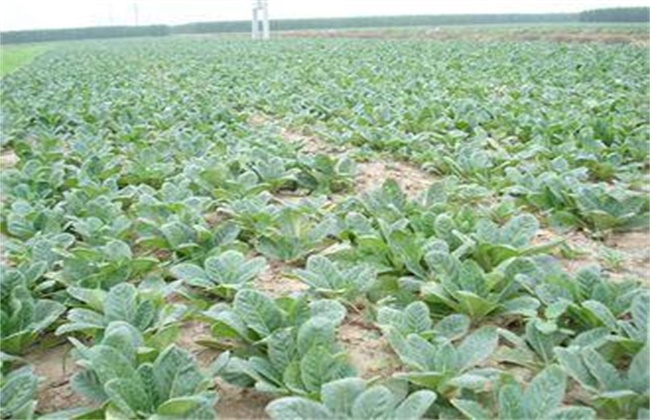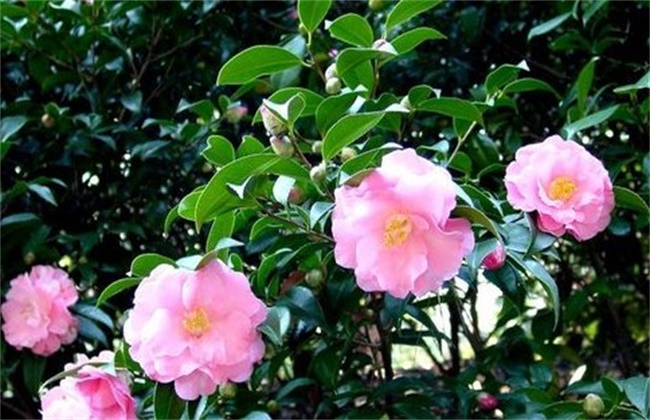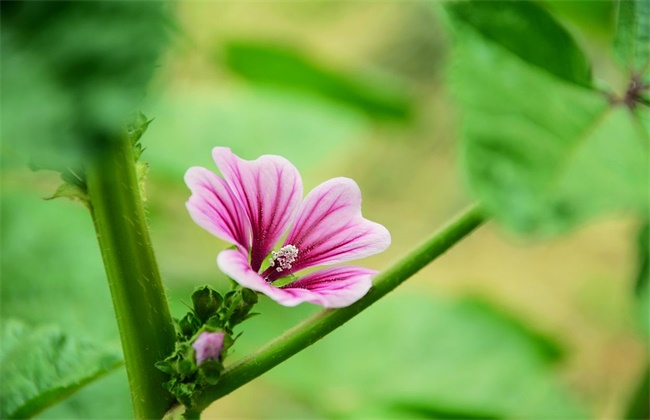Field management technology of Rehmannia glutinosa
Rehmannia glutinosa has the effect of lowering blood sugar and protecting liver. It has high medicinal value and broad market demand. Now it is cultivated artificially all over the country, and in the process, field management is an important part in order to achieve high yield. So what should the field management of Rehmannia glutinosa do? Let's get to know it with the editor.

1. Cover the seedlings between grasses.
After planting Rehmannia glutinosa, the straw of rice straw or other crops can be used to cover the border. The purpose of this is to inhibit the growth of weeds and keep the soil loose, which plays an excellent role in preserving soil moisture and is beneficial to the growth and development of Rehmannia glutinosa. When the seedlings are unearthed for 20-30 days, the excess seedlings can be removed when weeding, and the inferior seedlings can be kept on the market, generally leaving 1-2 seedlings per hole, so that they will not compete for water and fertilizer because of the seedlings and cause poor permeability in the field.
2. Ploughing and weeding
The root distribution of Rehmannia glutinosa is relatively shallow, so we should pay attention to this when weeding and reduce the number of intertillage as far as possible. if there is too much intertillage, it is very likely to reduce the yield because of damage to the root system, and in serious cases, it may cause plant death. In general, the annual growth period only needs to be ploughed 1-2 times, we must pay attention to shallow ploughing, but when there are weeds must be pulled out in time to avoid the breeding of diseases and insect pests.
3. Topdressing
Regret the formation of a large number of fleshy roots in January after the emergence of Rehmannia glutinosa seedlings, and the dry matter of the rhizome began to increase sharply after two months, and the line was closed after about two and a half months, so it was necessary to finish the fertilizer before closing the line. Topdressing is needed for 2-3 times in the whole growth period of Rehmannia glutinosa, the first time after 15-20 days of full seedling, the second 20-30 days after the first topdressing, and the third topdressing depends on the growth of seedlings. 1000-1500 kg of human and animal manure or 3.5-5 kg of urea were applied per mu.
4. Drainage and irrigation
If there is dry weather after sowing, it is appropriate to water in time and improve the emergence rate of seedlings, and the rhizome forms rapidly after sowing 2-3 months, when the demand for water is relatively large, and it is also a period when the rhizome is easy to rot. So at this time, we should pay attention to reasonable irrigation and water drainage, not only to meet the water needs of plants, but also will not cause rhizome rot.
The above is the introduction of Rehmannia glutinosa field management technology, hope to help you, want to know more related knowledge, please follow us.
Related
- Fuxing push coffee new agricultural production and marketing class: lack of small-scale processing plants
- Jujube rice field leisure farm deep ploughing Yilan for five years to create a space for organic food and play
- Nongyu Farm-A trial of organic papaya for brave women with advanced technology
- Four points for attention in the prevention and control of diseases and insect pests of edible fungi
- How to add nutrient solution to Edible Fungi
- Is there any good way to control edible fungus mites?
- Open Inoculation Technology of Edible Fungi
- Is there any clever way to use fertilizer for edible fungus in winter?
- What agents are used to kill the pathogens of edible fungi in the mushroom shed?
- Rapid drying of Edible Fungi



